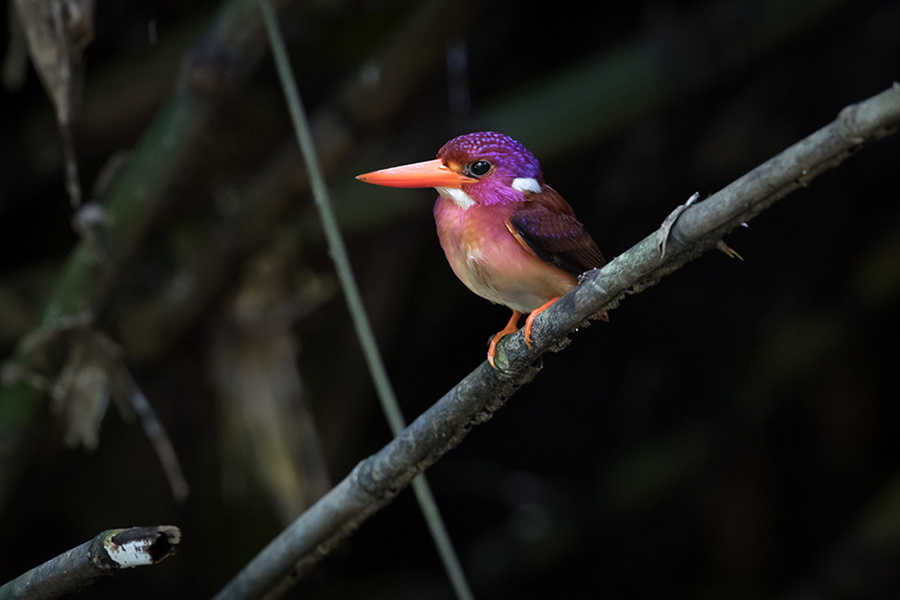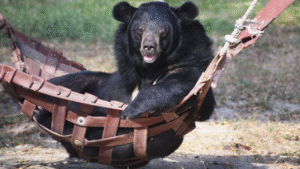For the first time in over 130 years, the world has caught sight of the dazzling Dwarf Kingfisher, a tiny jewel of nature that seemed to have vanished forever. Hidden deep within the lush forests of Mindanao, this iridescent bird — with its glowing orange feathers and sparkling lilac hues — has returned to remind us of the fragile wonders of the wild. Its reappearance marks a triumph not only for science but also for the tireless conservationists working to rescue endangered animals from the edge of extinction.
A Fairy Tale Rediscovery
The Southern Philippine Dwarf Kingfisher (Ceyx mindanensis) was first described in 1890 by American ornithologist Joseph Bell Steere, yet for more than a century, no scientist had ever captured its image in the wild. Generations of researchers believed the bird to be nearly mythical — until recently, when Dr. Miguel David de Leon, director of the Robert S. Kennedy Bird Conservancy, and his team succeeded in documenting the elusive species.
After ten years of patient fieldwork, the team finally located and photographed the bird in Mapawa Nature Park, a protected area in northern Mindanao. Their discovery marked the first confirmed sighting of the dwarf kingfisher in living color — a moment that felt nothing short of magical.
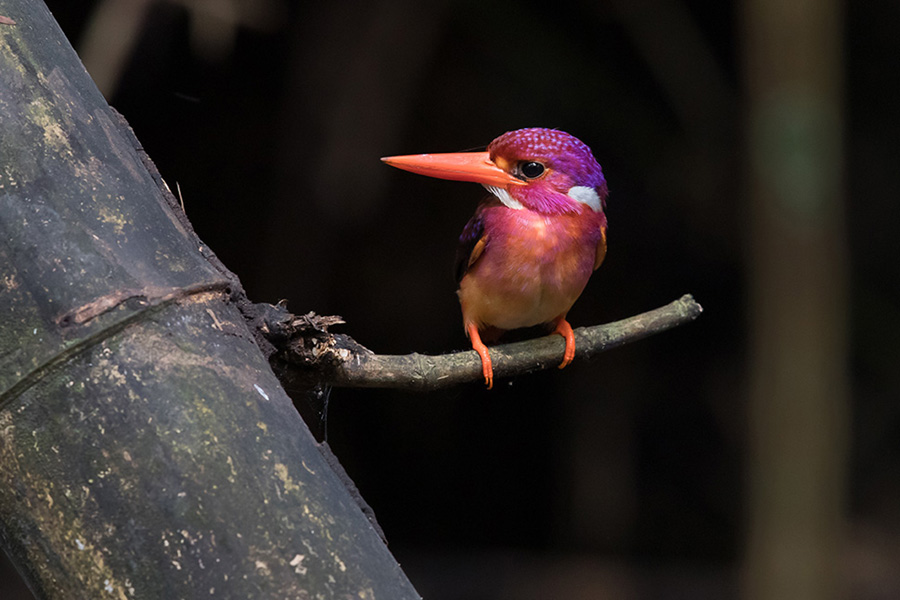
“This bird is one of the most beautiful treasures of our forests,” said Dr. de Leon. “Seeing it alive after 130 years reminds us that even the smallest creatures can teach us the greatest lessons about hope and persistence.”
📖 Full Story: Man Loses 360 Pounds Naturally—Internet Rallies to Support His Next Step
A Living Gem of the Jungle
Barely larger than a human thumb, the Dwarf Kingfisher is believed to be the smallest species of kingfisher in the Philippines. Its plumage gleams in shades of metallic lilac, orange, and yellow, with hints of sapphire-blue on its tiny head and back.
This miniature bird thrives in the virgin rainforests of Mindanao and Basilan, where it hunts for insects, small lizards, and earthworms. Unlike its louder, more conspicuous cousins, the dwarf kingfisher is remarkably quiet — perching silently on shaded branches and darting swiftly through the undergrowth in search of prey.
To spot one, according to researchers, is to witness a fleeting miracle.
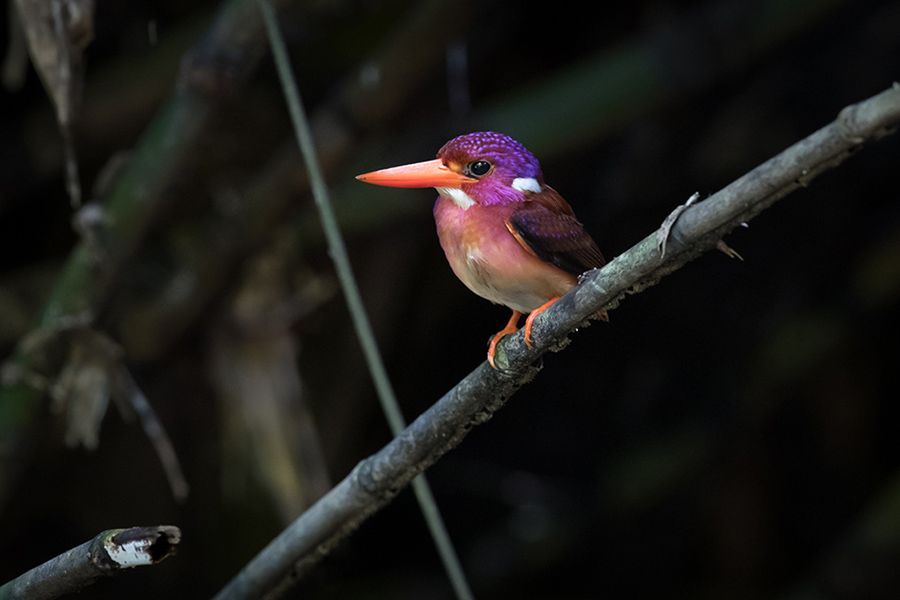
The Challenge of Saving the Dwarf Kingfisher
While its rediscovery has inspired joy, scientists warn that the dwarf kingfisher remains critically endangered. Rapid deforestation, illegal logging, and expanding agriculture have devastated the bird’s native habitat. Additionally, poaching and recreational hunting with airguns have taken a toll on the region’s delicate wildlife populations.
“The greatest threat to our native species is habitat loss,” said Dr. de Leon. “Every tree cut down erases a home — not just for birds, but for countless living beings that depend on these ecosystems.”
The researchers discovered two nesting sites during their survey, but only one remained undisturbed — a stark reminder of how vulnerable even newly rediscovered species can be.
Guardians of the Philippine Wilderness
The rediscovery of the Dwarf Kingfisher is not just a scientific achievement; it’s a symbol of resilience and a call to action for conservation. The Philippines, one of the world’s richest biodiversity hotspots, is home to hundreds of species found nowhere else on Earth. Yet many of them, like the dwarf kingfisher, live under constant threat from human encroachment and climate change.
Dr. de Leon’s team continues to work closely with local communities to promote awareness and protect remaining forest habitats. Their efforts extend beyond fieldwork — they engage schools, Indigenous groups, and environmental organizations to foster pride and stewardship for the country’s natural heritage.
“Protecting one small bird means protecting an entire ecosystem,” said de Leon. “And in saving nature, we are really rescuing ourselves.”
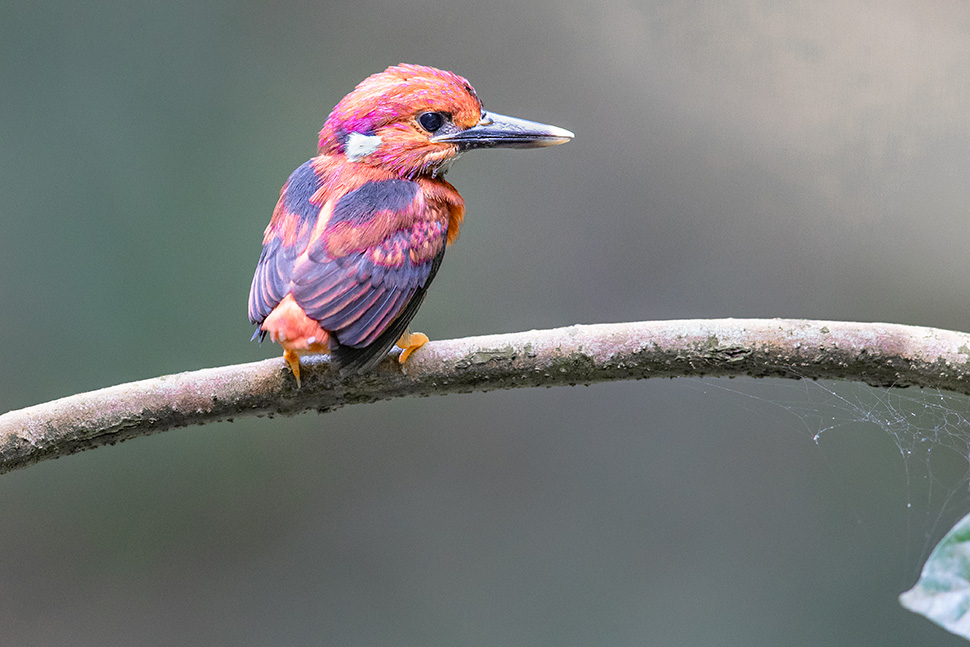
A Message of Hope from the Forest
The sight of the dwarf kingfisher — its iridescent feathers glowing under the forest light — has become a powerful symbol of what still survives when we care enough to look. It embodies the spirit of the wild: quiet, rare, but full of life.
In the words of Dr. de Leon, “This rediscovery is more than science — it’s a story of hope.”
As the world continues to lose species faster than ever before, each rediscovery like this reminds us that it’s not too late. With compassion, persistence, and respect for nature, we can still rewrite the story for Earth’s most vulnerable animals.
📖 You Might Also Like: The Hidden Meaning Behind Princess Diana’s Cannes Gown — A Heartfelt Farewell to Grace Kelly
The Legacy of a Feathered Miracle
From the depths of the forest canopy to the eyes of the world, the Southern Philippine Dwarf Kingfisher has reemerged after more than a century — a tiny messenger from the past urging us to cherish what remains.
Its survival, against all odds, offers a glimpse of how powerful rescue efforts can be when science, culture, and passion unite. Each photo taken is more than just a snapshot of a bird — it’s a portrait of hope for future generations.
If we listen to what this little kingfisher has to tell us, perhaps we’ll remember that even the most delicate wings can carry the weight of an entire ecosystem’s future.
